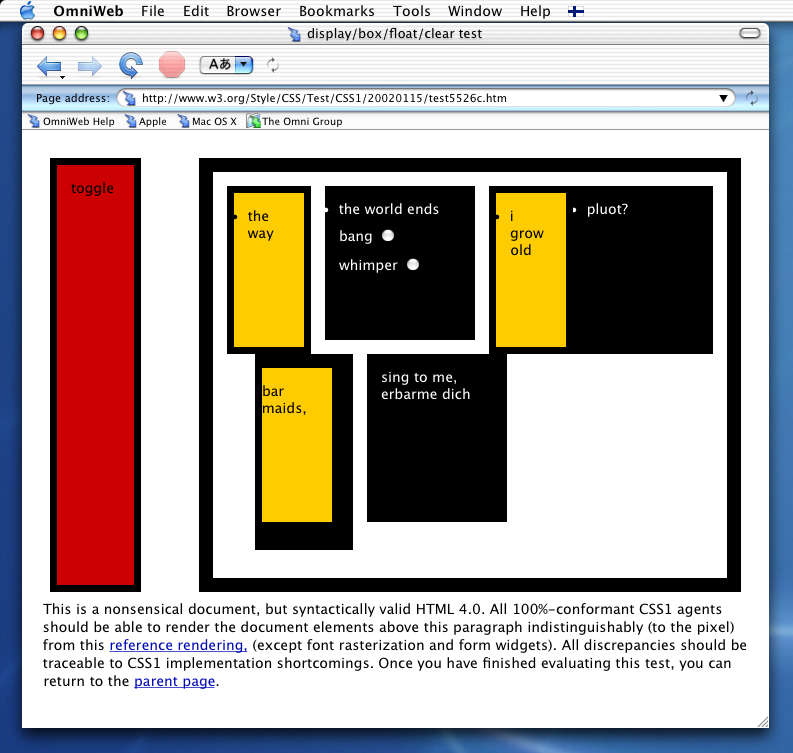


For OMNI data, we acknowledge use of NASA/GSFC's Space Physics Data Facility's OMNIWeb (or CDAWeb or ftp) service ().Ībstract = "We present observations of ~10–60 min solar wind dynamic pressure structures that drive large-scale coherent ~20–100 keV electron loss from the outer radiation belt. We would like to thank Scott Boardsen for the discussion of magnetosonic waves and Sam Califf for GOES satellite access. acknowledges the NASA support 80NSSC20K0196. acknowledge the NSF grants AGS-1723588 and AGS-1847818, NASA grant NNX17AG07G, and the Alfred P. For OMNI data, we acknowledge use of NASA/GSFC's Space Physics Data Facility's OMNIWeb (or CDAWeb or ftp) service ( ).Ī.

acknowledge the NSF grants AGS‐1723588 and AGS‐1847818, NASA grant NNX17AG07G, and the Alfred P. Our results provide a direct link between solar wind pressure fluctuations and modulation of electron loss from the outer radiation belt and may explain long-period modulations and large-scale coherence of X-rays commonly observed in the BARREL data set.Ī. The dynamic pressure structures, originating near the Sun and commonly observed advecting with the solar wind, are thus able to switch on scattering loss of electrons by hiss over a large spatial scale.
Omniweb support free#
Specifically, the structures drive radial ExB transport of electrons up to 1 Earth radii, modulating the free electron energy available for low-frequency plasmaspheric hiss growth, and subsequent hiss-induced loss cone scattering. A combination of simultaneous satellite and Balloon Array for Radiation-belt Relativistic Electron Losses (BARREL) observations on 11–12 January 2014 shows a close association between the pressure structures and precipitation as inferred from BARREL X-rays. We present observations of ~10–60 min solar wind dynamic pressure structures that drive large-scale coherent ~20–100 keV electron loss from the outer radiation belt.


 0 kommentar(er)
0 kommentar(er)
